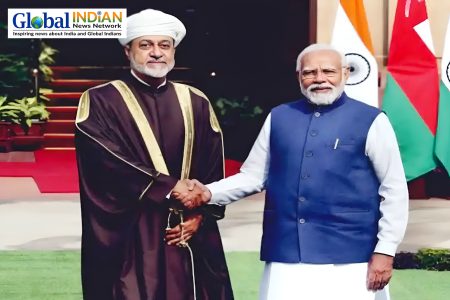 The House Select Committee on the Strategic Competition between the US and the Chinese Communist Party has released a report suggesting that India should be included in an expanded group of close American allies called Nato+5. This recommendation is part of a broader effort to deter potential Chinese military aggression towards Taiwan. The committee also proposed that economic sanctions be coordinated with the Quad, a group formed by the US, India, Australia, and Japan, along with other alliances and partnerships, to enhance their effectiveness.
The House Select Committee on the Strategic Competition between the US and the Chinese Communist Party has released a report suggesting that India should be included in an expanded group of close American allies called Nato+5. This recommendation is part of a broader effort to deter potential Chinese military aggression towards Taiwan. The committee also proposed that economic sanctions be coordinated with the Quad, a group formed by the US, India, Australia, and Japan, along with other alliances and partnerships, to enhance their effectiveness.
The report, titled “Ten for Taiwan policy recommendations to preserve peace and stability in the Taiwan Strait,” emphasizes the need to strengthen the Nato Plus arrangement by including India. Currently, the Nato+5 group consists of all 31 member countries of Nato, as well as Australia, New Zealand, Israel, Japan, and South Korea, all of which have bilateral defense and security treaties with the US.
While India does not have a defense treaty with the US, it holds the status of a “Major Defense Partner” and benefits from the Strategic Trade Authorization 1 (STA-1) category, which grants it exemptions for importing sensitive technology. Nato Plus countries enjoy enhanced access to the US defense industry and technology.
This report is the first from the select committee, which was established in January with bipartisan support and the attention of the White House. The committee aims to guide Congress in countering and competing with China. The strained relationship between the US and China has been evident in various instances, from a confrontational meeting in Alaska in 2021 to recent tensions surrounding a spy balloon incident.
Raja Krishnamoorthi, the highest-ranking Democrat on the committee, emphasized the importance of strengthening ties with allies and security partners, including India, to ensure the security of Taiwan and effectively compete with the Chinese Communist Party.
Other recommendations put forward by the select committee include deploying longer-range missiles and unmanned vehicles in the Indo-Pacific, improving joint training between the US and Taiwanese militaries, supplying essential military systems to Taiwan, fortifying US infrastructure against Chinese cyberattacks, preparing Taiwan for potential contingencies, developing plans for integrated operations between US forces and Taiwan, reinforcing US bases in the Indo-Pacific, and planning for scenarios where resupplying Taiwan during a crisis may be challenging.












